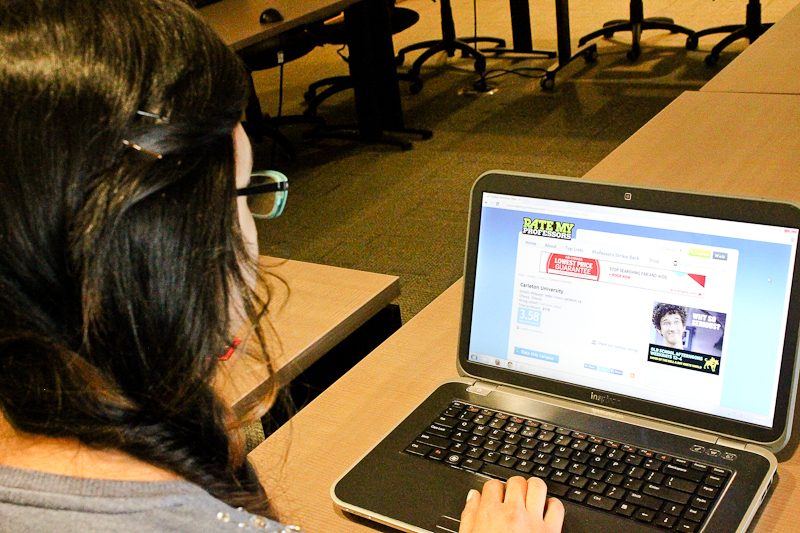
Cyberbullying has become an increasingly significant issue at universities, according to a new study from Simon Fraser University.
Documents presented at a symposium in Vancouver on March 12 showed that undergraduate students and faculty members are victims of online bullying through social media, websites, and emails.
“It’s become more prominent and it’s become perceived to be more of a problem and that suggests it should be addressed,” Margaret Jackson, one of the three researchers, said.
The research project involved four Canadian universities participating in an online faculty and student survey, student focus groups and faculty interviews.
It found that about 22 per cent of students are victims of cyberbullying.
The bullying mainly took place through social media websites such as Facebook, in addition to text messages or email, according to the study. Over half of the victims told someone about the incident.
Carleton University comes across one to two cases of cyberbullying per year, according to Ryan Flannagan, Carleton’s director of student affairs.
“It’s certainly a significant problem,” Flannagan said. “I think it’s woefully under-reported.”
The researchers have received 1,800 student surveys so far, Jackson said. About 74 per cent of the respondents are female.
“I think an interesting point was that it was a gendered phenomenon,” Jackson said.
The results suggested faculty members are harassed by students and their colleagues almost as equally as students who suffer from cyberbullying.
Instances of faculty members who were victims of cyberbullying by their students mainly took place through email and websites such as ratemyprofessors.com.
Cyberbullying within faculty took place almost entirely through email, according to the study.
Jackson said websites like ratemyprofessors.com are used by students to get back at instructors. It’s easier to post negative comments on these platforms because of anonymity, she said.
Flannagan said he has not come across any complaints from faculty being harassed by students.
The research looked at 465 existing policies to address cyberbullying in 74 universities across Canada.
“I would say that the existing policies are probably sufficient to cover and address this issue,” Jackson said. “We were surprised that there wasn’t that much emphasis on prevention at the university level.”
The focus needs to be on awareness, she said.
Carleton’s student affairs office does a cyberbullying campaign once a year. In November 2012, they collaborated with the Carleton University Students’ Association and released a video talking to students about the issue.
The video was created because of a prevalence of cyberbullying on campus, according to Hayley Dobson, CUSA vice-president (student life). She said the point was to inform students about the issue and hear their thoughts.





